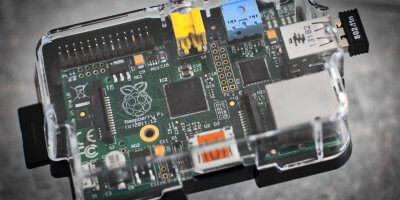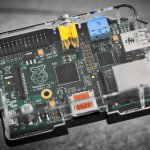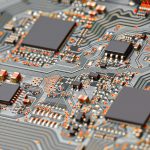
Digital twins are digital versions of complex physical systems | Source: Pexels
Here’s how you can win at IoT with ‘digital twins’
CONSIDERING the nature of disruption that the Internet of Things (IoT) can cause to manufacturers, serious attention must be paid to how it benefits them in the near and long terms.
In order to discover new opportunities created by IoT, organizations, especially manufacturers, invest in building what is known as a ‘digital twin’.
A digital twin is the ‘virtualization’ of a product, thanks to all the sensors and connectivity that is provided by an IoT-driven ecosystem.
To put things simply, it’s a digital version of any product you use or produce, built and maintained using real-time data generated in real-time.
What does it do? It lets you study the machine or your product in real time, on a computer screen – without actually physically monitoring anything.
That ability, enhanced by 5G when it is rolled out, will help you build new services for existing customers or transform your business model.
Imagine being able to monitor a complex machine that you make while it’s at a client’s factory – and you can send over some repairmen when it’s due for maintenance – or adopt the servitization model, turning your manufacturing business into a service per hour.
Made possible because you can actually monitor your devices in real-time as if you’re really there, all thanks to IoT and your investment in creating a digital twin.
According to Gartner, nearly half the organizations implementing IoT in 2018 are using or plan to use a digital twin initiative.
In fact, according to Technavio, the global digital twin market is expected to grow at a CAGR of close to 33 percent during the period 2017-2021.
Further, Gartner predicts that, by 2020, at least 50 percent of manufacturers with annual revenues in excess of US$5 billion will have at least one digital twin initiative launched for either products or assets.
However, for companies concerned about tackling the challenges involved with developing digital twins, here are some best practices Gartner suggests:
Involve the entire product value chain
Digital twins can help solve some key supply chain issues so be sure to involve the entire value chain.
Investments in such projects should be made value chain-driven to help product and asset stakeholders to better govern and manage products, assets, and facilities across the supply chain.
Remember that the value of digital twins can be an extensible product or asset structure that enables the add tion and modification of multiple models and their connection for cross-functional collaboration.

The ‘digital twin’ is digital version of any product you use or produce, built and maintained using real-time data generated in real-time. Source: Shutterstock
Establish well-documented practices for constructing and modifying the models
Best-in-class modeling practices increase transparency on often complex digital twin designs and make it easier for multiple digital twin users to collaboratively construct and modify digital twins.
Such practices also help minimize the amount of effort to enable changes within the digital twin or between the digital twin and external, contextually important content.
When modeling practices are standardized, one user is more likely to understand how another user created a digital twin. This enables the downstream user to modify the digital twin in less time and with less need to destroy and recreate portions of the digital twin.
Include data from multiple sources
It is difficult to anticipate the nature of the simulation models, data types, and data analysis of sensor data that might be necessary to support the design, introduction and service life of the digital twins’ physical counterparts.
While 3D geometry is sufficient to communicate the digital twin visually and how parts fit together, the geometric model may not be able to perform simulations of the behavior of the physical counterpart in use or operation.
At the same time, the geometric model may not be able to analyze data if it is not enriched with additional information.
CIOs can expand the utility of digital twins by recommending that IT architects and digital twin owners define an architecture that allows access and use of data from many different sources.
Ensure long access life cycles
Digital twins with long life cycles include buildings, aircraft, ships, factories, trucks and industrial machinery extend well beyond the life spans of the formats for proprietary design software that most likely were used to create them and the means of storing data.
This means that digital twins created in proprietary design software formats have a high risk of being unreadable throughout their service life.
Additionally, the digital twin evolves and accumulates growing historical data, such as geometric models, simulation data and IoT data. As a result, the digital twin owner risks becoming increasingly locked into the vendor with the authoring tools.
To guard against this, increase the viable life of digital twins by setting a goal for IT architects and digital twin owners to plan for the long-term evolution of data formats and data storage.
READ MORE
- Ethical AI: The renewed importance of safeguarding data and customer privacy in Generative AI applications
- How Japan balances AI-driven opportunities with cybersecurity needs
- Deploying SASE: Benchmarking your approach
- Insurance everywhere all at once: the digital transformation of the APAC insurance industry
- Google parent Alphabet eyes HubSpot: A potential acquisition shaping the future of CRM






